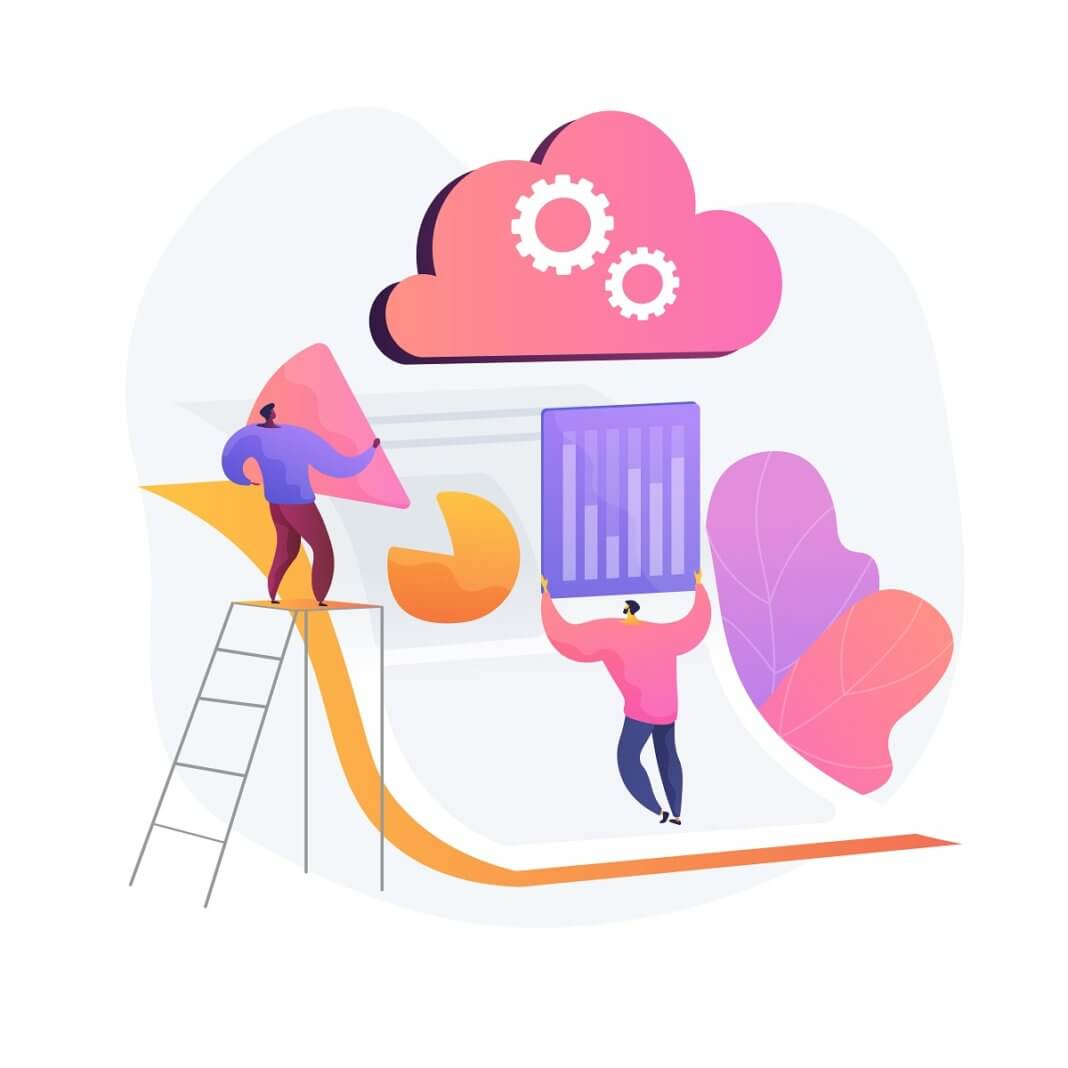Reliable information is essential for business marketing. Understanding your customers’ needs, interests, and habits gives you the competitive edge to corner the market in a particular demographic area.
Collecting and organizing all of that data, however, can be a challenging task. The cost of labor and travel may have you wondering if the benefit is worth the price.
What if there was a way to gather local data on your target region without the need for costly travel and countless research hours? What if you could instantly access any area and see their real-time trends? If you’re looking to streamline your research, this guide explores thruways to make the mundane task of gathering data efficient and easy.
Scraping Data Easily With a Proxy
Gathering data (also called scraping data) is a necessary element of internet research. Whether you are collecting information on demographics or shopping trends of your target market, you need fast, reliable data to operate effectively.
The need for quick results is often the biggest hurdle. Researching trends in foreign markets can be a complicated undertaking, requiring multiple samplings from various regions.
There are ways to make the work simpler using various methods. Here are the top three ways to ease the burden of scraping data.
1: Social Media
While this first way might seem obvious, many large corporations still spend thousands of dollars on travel for market research. Though there is something to be said for in-person examination and the dedication required, the time and expense might not be needed.
The proliferation of social media exposes the culture and trends of many cultures previously hidden behind border lines. By making careful and precise use of various social platforms, you can gain valuable insight into emerging trends, shifts, and demographics without ever leaving your office.
In some cases, specific social media sites may be geo-blocked. Some social media sites region-lock their content for various reasons, such as creating a local community or privacy. In such cases, there are other options that we will discuss below.
2: Headless Clients
Unless you’re deep in the weeds of corporate data research, you might have never heard the term “headless client” before. A headless client refers to a device or an app without any graphical interface. For scraping data, this headless client would typically be a browser.
The advantages of a headless client come from the increased operating speed. Since there is no graphical display, the visual overhead is nonexistent. A headless client can process pages of data at much higher rates than a human.
Headless clients are controlled through scripts, flowcharts, or behavioral routines that guide how the client operates. A script will tell the client what to click on, what to ignore, the range of pages to visit, and what data to collect.
This limitation is the one main downside of headless clients; they lack the flexibility to adapt to particular circumstances that may arise. For example, data may be organized in various ways on specific websites or using unexpected keywords. In such cases, the script is likely to miss the information entirely.
If your research requires more open-ended decisions on the fly, option three may be better suited to your needs.
3: Scraper Proxies
Typically thought to be exclusively for anonymity, proxies have tremendous advantages for scraping data. Even a cheap proxy server can open dozens of connections to a target server simultaneously as unique clients.
Additionally, scraper proxies can run automation software similar to headless clients, allowing for the same speed benefits without many of the drawbacks.
One of the most significant assets making proxies a favorable choice is their security. There’s an inherent amount of risk associated with scraping data. Not all companies or services want their information aggregated. If the server notices a significant number of connections or robotic activity, it will likely ban your access. A proxy protects against the risk of blocks or bans by hiding your actual IP address. Furthermore, a proxy can circumvent geo-blocking by appearing to the server as a regular local client.
These security and privacy advantages make proxies the clear choice for fast, reliable data collection without the typical safety risks.
Gathering Info Like a Pro
Collecting marketing and demographic data doesn’t need to be a costly chore. With many regions imposing travel restrictions, take advantage of the benefits of current technology to protect yourself physically and virtually without sacrificing valuable demographic insights.
With the three methods outlined here, you can gather data smarter, faster, and safer, with minimal risk and maximum reward.
Also Read: Emerging Trends in Data Warehousing and Analytics in Cloud Tech!



